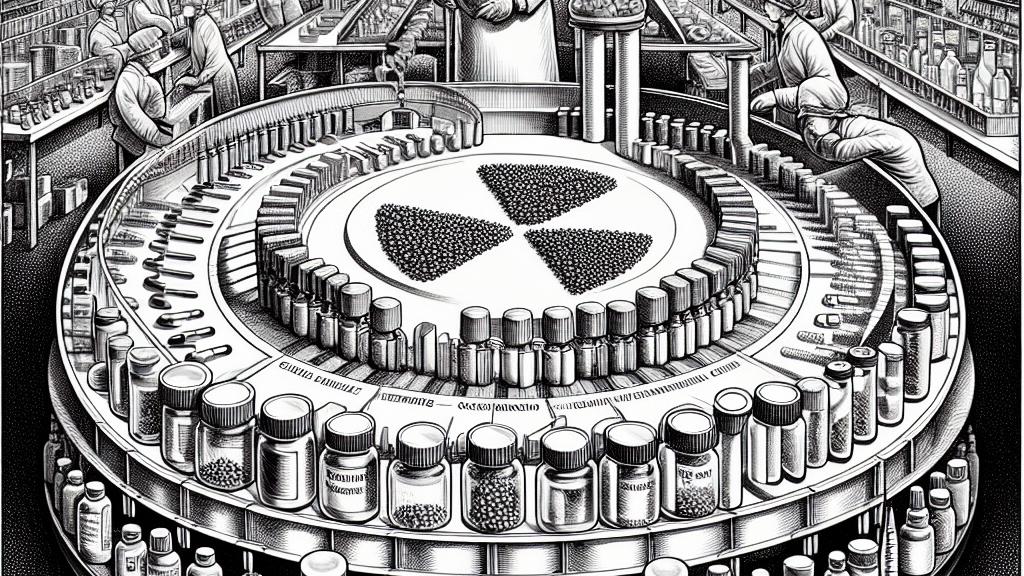Innovative Eco-Friendly Method for Making Medicines
Overview
- Groundbreaking chlorine method revolutionizes drug production.
- Embraces cost-effective and sustainable materials while cutting energy use.
- Significantly lowers environmental impact and enhances product purity.

A Groundbreaking Revolution in Drug Manufacturing
At the forefront of innovation, a team of researchers at Rice University in the United States—led by the brilliant chemist Julian West—has introduced a remarkable eco-friendly method for integrating chlorine into a variety of chemical products, including essential medicines and common household items. This inventive technique employs mild blue light and simple iron and sulfur catalysts to perform chlorination, moving away from the harsh conditions and toxic chemicals that have historically plagued the process. By embracing such a sustainable approach, drug manufacturers stand to greatly reduce production costs while significantly minimizing their environmental impact. Imagine a world where we can care for our health without harming the planet—this method paves the way for that exciting possibility!
Precision Targeting: The Key to Purity
One of the standout features of this innovative method is its exceptional ability to precisely target where chlorine atoms are integrated into organic molecules. This kind of meticulous targeting doesn’t just yield highly pure products; it also eliminates the need for lengthy and expensive purification steps. For instance, think about the difference between whipping up a delicious homemade pizza using the freshest ingredients versus trying to salvage a pizza that ended up burnt—one process is satisfying and clean, while the other can be a messy ordeal! This eco-friendly method therefore not only simplifies drug production but also transforms it, offering an exciting vision for the future of medicine.
Boosting Stability and Effectiveness of Medications
What's particularly fascinating is how this new process incorporates heavy water for the addition of deuterium. This step can amplify the stability of certain drugs, ultimately making them more effective for patients. To visualize it, think of adding a protective shield to your favorite superhero, allowing them to withstand tougher battles. Such advancements are crucial, especially in life-threatening conditions like cancer, where even a tiny boost in drug effectiveness can dramatically change patient outcomes. This innovative twist on drug development could open doors to entirely new therapeutic possibilities.
A Commitment to Sustainable Chemistry
This innovative method perfectly embodies the principles of green chemistry, which focus on minimizing or eliminating hazardous substances throughout the lifecycle of chemical products. It’s not merely about creating effective medications; it’s about doing so responsibly, ensuring that we protect our planet for future generations. As we collectively champion the call for sustainability, breakthroughs like this shine brightly as harbingers of hope. By adopting such environmentally-friendly practices, we are not just enhancing medication quality; we are nurturing the health of our planet—a crucial goal that resonates with everyone. The intersection of health and environmental stewardship is a journey worth pursuing!

Loading...